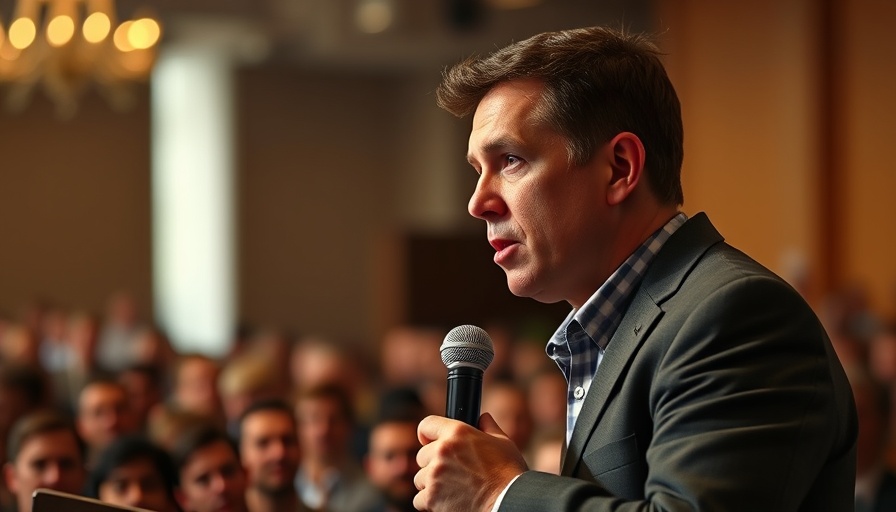
President Ruto's Challenge: A Call for Constructive Dialogue
In a recent address, President William Ruto openly challenged demonstrators in Kenya to abandon their rhetoric and hatred and instead present a better plan for the nation. His comments come amidst widespread protests, where sentiments have largely expressed disillusionment towards leadership. Ruto noted that while people love their country, their disdain for its leaders has escalated into conflict, driven by a culture of anger instead of solutions.
In 'President Ruto Challenges Demonstrators to Present a Better Plan', the discussion dives into the issues surrounding protests in Kenya, urging citizens toward constructive solutions. This analysis expands on the practical implications of his call.
Framing the Conversation: Love vs. Hatred
Ruto's insistence that hatred cannot be the grounding for protests highlights a critical moment in Kenya's political landscape. As demonstrators signal their frustrations—calling for governmental changes and demanding resignations—these actions are anchored in emotions that, according to Ruto, lead only to violence and instability. He contends that a love for Kenya should transcend animosity towards its leaders, urging instead for constructive strategies that align with the nation's constitutional framework.
The Consequences of Violence
The President warned against the dangers of protests that spiral into violence. He cautioned that continued unrest threatens the livelihood of small enterprises and risks pushing the nation into an economic downturn. By positioning violence as a barrier to effective governance, Ruto calls upon the populace to reassess their methods of expressing dissent.
Constitutional Accountability and Leadership Terms
Within his address, Ruto reiterated Kenya's constitutional limits on leadership terms, deflecting calls for his resignation with a reminder of the democratic processes in place. He challenged protesters to articulate a vision that surpasses his administration's achievements, such as the creation of 250,000 jobs in the housing sector. The implication here is clear; mere dissatisfaction with leadership is insufficient, and those opposing should develop viable alternatives to the current governance that can convince Kenyans of a better future.
Alternate Vision for Kenya's Future
Ruto’s acknowledgment of the need for a comprehensive plan signifies a deeper understanding of governance as a joint effort between leaders and citizens. He emphasized the need for a strategy that addresses pressing concerns like job creation and the cost of living rather than simply calling for leadership changes.
Engagement Over Anarchy: A Path Forward
Ruto concluded with an invitation for dialogue, stating that those who oppose his leadership should persuade the populace with sustainable alternatives rather than resorting to anarchy. This approach manifests a desire for engagement that could lead to palpable improvements within the community, fostering a citizen-centric policy-making process that promotes unity and collaboration.
Conclusion: A Collective Responsibility
Ultimately, President Ruto's revelation during these chaotic times serves as a call to action for all Kenyans. Rather than allowing protests rooted in conflict to define the future, there exists an opportunity to build a more robust dialogue—one that not only articulates grievances but also analyses and proposes solutions. As the nation faces these pressing challenges, it’s crucial for every individual to contribute to the narrative—steering it from one of reaction to one of resolution.
 Add Row
Add Row  Add
Add 


Write A Comment